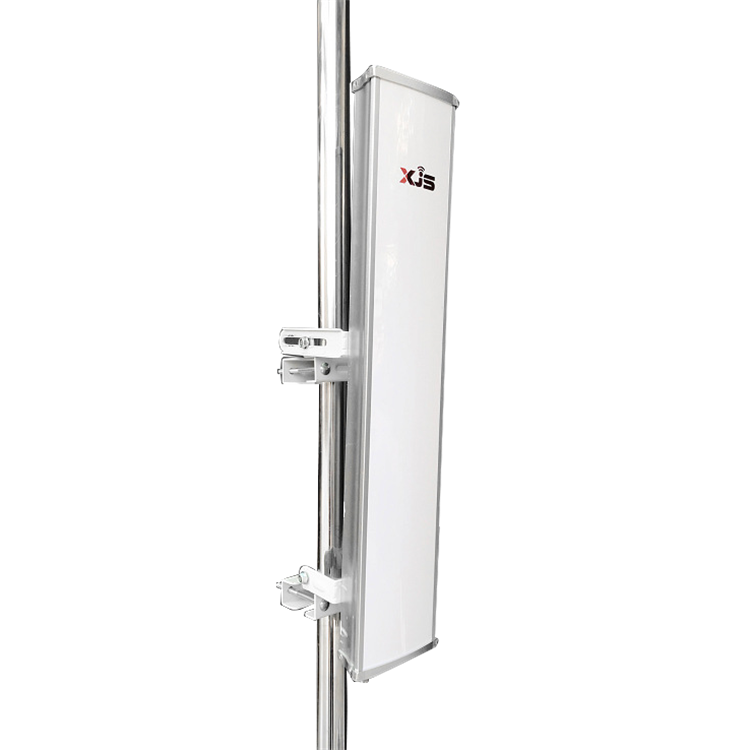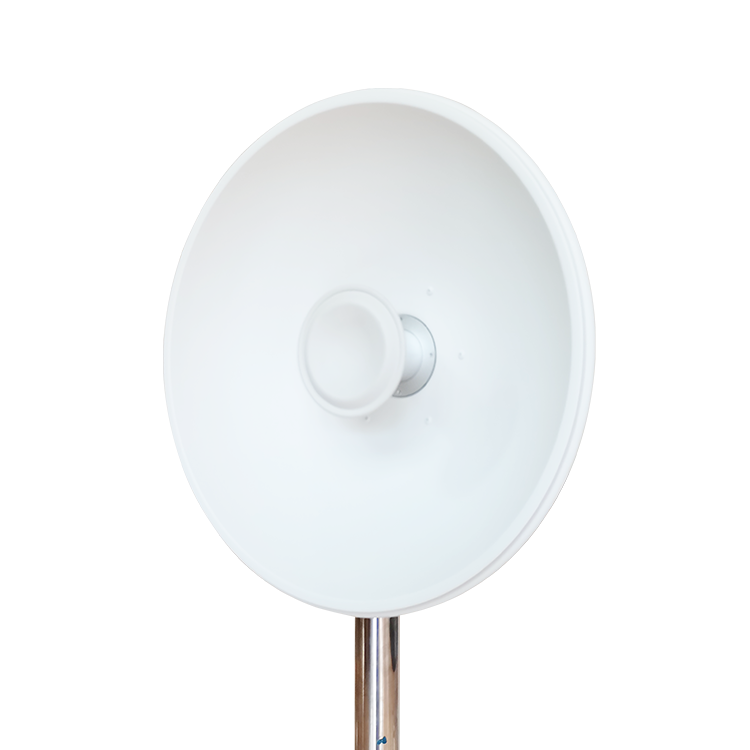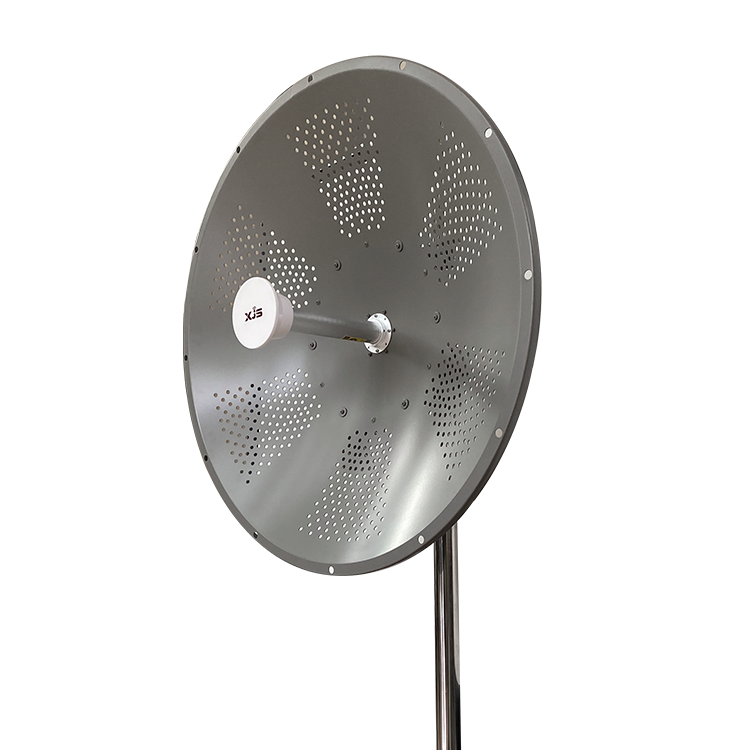Did you know that the efficiency of your wireless network can be significantly enhanced by the type of antenna you use? In the world of wireless communication, the wireless sector antenna stands out as a crucial component for achieving superior connectivity. This article delves into the intricacies of wireless sector antennas, their benefits, and how they can revolutionize your communication systems.
Understanding Wireless Sector Antennas
A wireless sector antenna is a type of directional antenna that emits a sector-shaped radiation pattern, generally covering a horizontal spread of 60 to 120 degrees. This unique design allows the antenna to focus its signal in a specific direction, providing enhanced coverage and signal strength within that sector. Typically, these antennas are used in base stations for cellular networks, Wi-Fi networks, and other wireless communication systems.
Key Features and Benefits
Focused Coverage
One of the primary advantages of a wireless sector antenna is its ability to provide focused coverage. By concentrating the signal strength within a defined sector, these antennas offer higher gain in that specific direction. This focused coverage ensures the signal is strong and reliable within the targeted area, making it ideal for densely populated or high-interference environments.
Improved Signal Quality
By reducing interference and noise from surrounding areas, sector antennas enhance the overall signal quality within their coverage area. This improves the signal-to-noise ratio, making them an excellent choice for applications that require stable and reliable connections, such as urban environments or industrial settings.
Enhanced Throughput and Capacity
Sector antennas are commonly used in point-to-multipoint setups, such as those employed by wireless internet service providers (WISPs) or cellular networks. They enable higher throughput and increased capacity by efficiently serving multiple users or devices within the targeted sector. MIMO technology further boosts this capability.
5GHz 16dBi 120 Degree MIMO Sector Antenna
Better Spatial Reuse
Thanks to their directional nature, sector antennas allow for better spatial reuse of the frequency spectrum. This means that the same frequencies can be reused in different sectors with minimal interference, making them highly efficient for large-scale deployments.
Longer Range
Compared to omnidirectional antennas, sector antennas typically offer a longer range within their targeted sector due to their higher gain and focused radiation pattern. This makes them particularly useful for applications requiring long-range connectivity in a specific direction.
Sector Antenna Radiation Pattern
The sector antenna radiation pattern is a key factor in its performance. This pattern is typically fan-shaped, wide in the horizontal direction, and narrow in the vertical direction. The operator can adjust the coverage area by changing the down-tilt angle of the pattern, allowing for precise targeting of the desired area.
Optimizing Wireless Sector Antennas
To maximize the performance of wireless sector antennas, it's essential to consider factors such as placement, alignment, and environmental conditions. Proper installation and maintenance, such as avoiding physical obstructions and minimizing interference from nearby structures, are key to ensuring optimal coverage and signal quality.

Applications of Wireless Sector Antennas
Urban and Suburban Networks
In urban and suburban areas, sector antennas are used to provide reliable wireless connectivity. Their focused coverage and high gain make them ideal for overcoming obstacles and interference commonly found in these environments. For instance, they are perfect for providing coverage in city centers or large campuses.
Rural Connectivity
For rural or remote areas, sector antennas offer an effective solution for establishing wireless communication networks. By providing long-range connectivity, these antennas help bridge the digital divide and bring internet access to underserved regions. Success stories from various rural deployments highlight their effectiveness.
Disaster Recovery
In disaster recovery scenarios, sector antennas play a crucial role in re-establishing communication networks. Their ease of installation and long-range capabilities make them invaluable for quickly restoring connectivity in affected areas. Temporary setups for emergency response units benefit greatly from these antennas.
Conclusion
Wireless sector antennas are a vital component in modern communication systems, offering focused coverage, improved signal quality, and enhanced capacity. By understanding their features and benefits, you can leverage these antennas to achieve superior connectivity and drive inquiry conversions for custom communication antenna solutions.
Whether you're looking to enhance urban networks, extend rural connectivity, or prepare to support disaster recovery efforts, sector antennas provide a reliable and efficient solution. For more information on custom communication antenna solutions, visit XJS Technology today!

.jpg)



